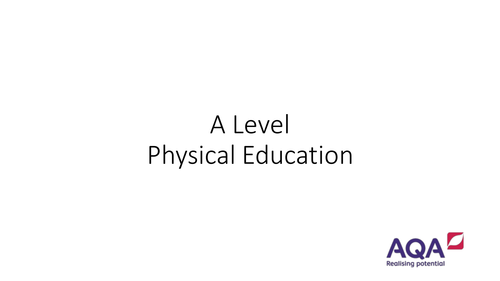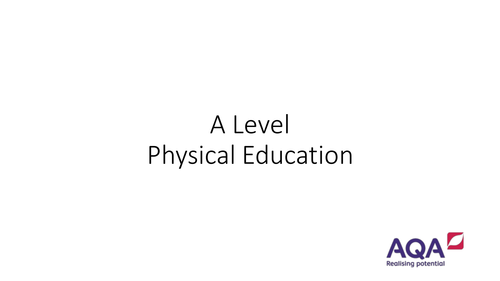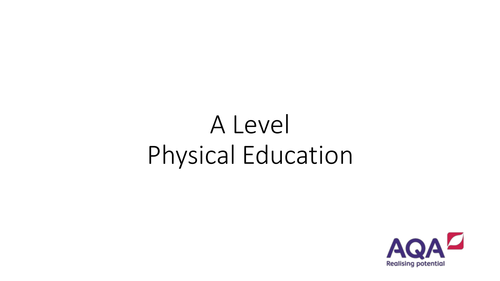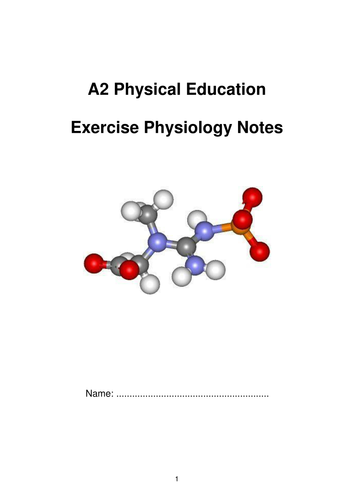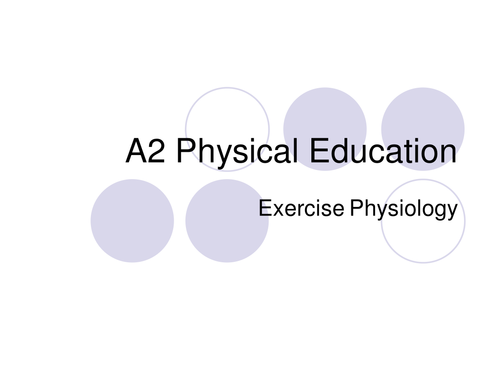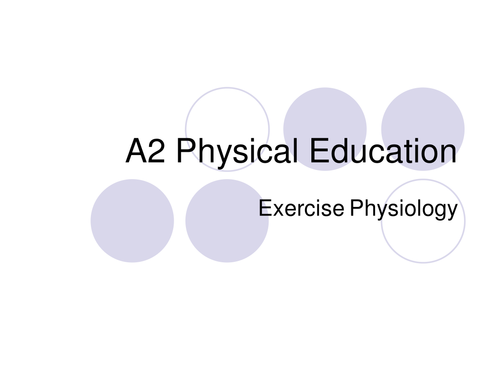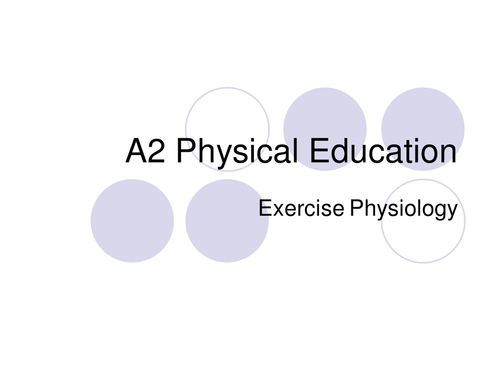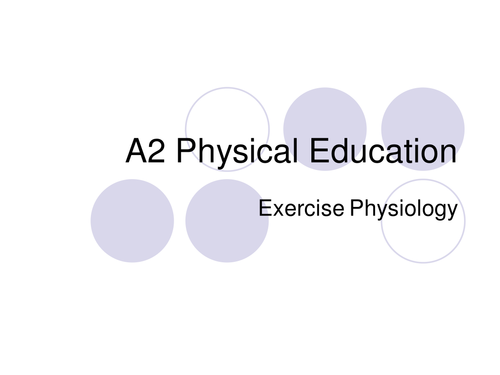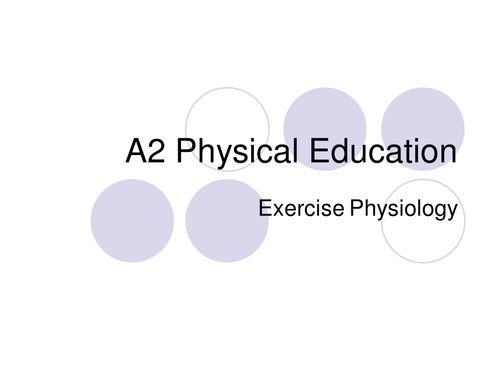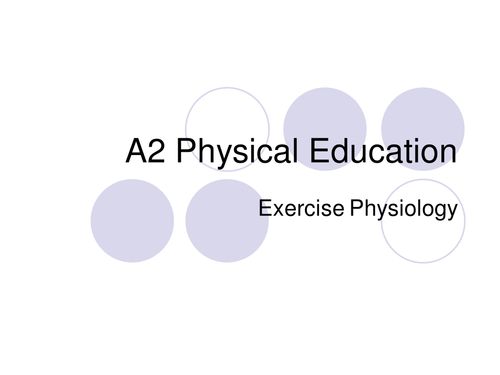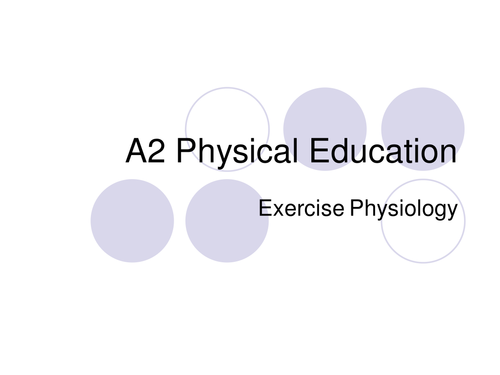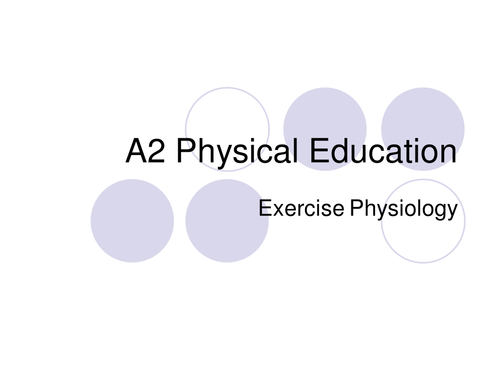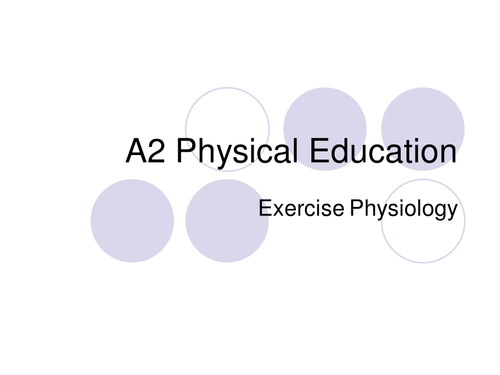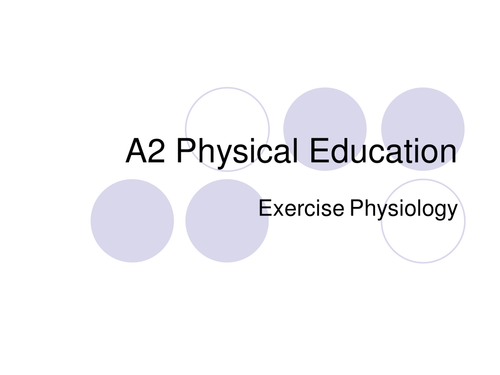
118Uploads
37k+Views
4k+Downloads
All resources
Sale

A Level PE - Skill Classification - Skill Aquisition
Learning Objectives:
- Introduce the characteristics of skill.
- Describe the skill continua and justify skill placement on each of the continua.
- Understand how the transfer of learning impacts on skill development.
Sale

A Level PE - The Stages of Learning - Skill Aquisition
Learning Objectives:
- Describe the stages of learning and the different types of feedback used at each stage.
- Explain the causes and solutions of the learning plateau.
- Introduce the methods of guidance.
Sale

A Level PE - The Theories of Learning - Skill Aquisition
Learning Objectives:
Introduce the four theories of learning.
- Operant Conditioning.
- Observational Learning (Bandura).
- Social Development Theory (Vygotsky).
- Insight Learning (Gestaltist theories).
Understand how the theories of learning impact on skill development.
Sale

Assembly - Anti Bullying Facts, Figures and the Impact of Bullying
The Anti Bullying assembly focuses upon key facts that have been taken from the 2016 Anti Bullying survey. It opens on a video that centers around cyber bullying and the impact that this can have.
It them moves onto key facts taken from the survey that will be quite shocking such as 50% of students said that they had been bullied at some point during their school life and also that 19% of the 8550 students who took the survey are bullied on several occasions during a school week.
The assembly then focuses on what we can do as a community to challenge bullying and finishes with a recent advert anti bullying advert that uses a rock, paper and scissors fort where the scissors protects the paper, the paper protects the rock and the rock protects the scissors. This advert recently won an Oscar and is very powerful.
Sale

Exercise Physiology Student Work Book
A Level Physical Education Resource
This resource coincides with the set of PowerPoints which, will assist the delivery of the A2 Exercise Physiology A Level Unit for the OCR specification. The student notebook contains: exam check lists; notes; tasks; exam questions and exam answers.
The resource represents two years worth of work and I can guarantee that it will make teaching this unit much easier. I only wish that I had this when I first started teaching the Sports Science units.
This is a perfect resource for anyone starting out teaching the Sports Science aspect of A Level Physical Education.
Sale

A level PE - Performance Enhacement Two
Learning objectives:
- Critically analyse a number of Ergogenic Aids.
- Discuss the use of cooling aids to reduce core temperature and aid recovery.
- Outline the use of training aids to increase resistance.
Sale

A level PE - Performance Enhancement One
Learning objectives:
- Identify and describe Ergogenic Aids.
- Discuss carbohydrate loading.
- Critically analyse a number of Ergogenic Aids.
Sale

A level PE - Body Composition Two
Learning objectives:
- Calculate the body mass index (BMI) of each other.
- Introduce the terms Basal Metabolic Rate and Basal Metabolic Rate.
Sale

A Level PE - Body Composition One
A Level Exercise Physiology lesson. Learning objectives:
- Explain what is meant by body composition.
- Describe the different methods of assessing body composition.
- Complete a Skinfold Calliper Experiment.
Sale

A Level PE - Flexibility Two
A Level Exercise Physiology lesson. Learning objectives:
Identify the methods of evaluating flexibility.
Describe different types of flexibility training.
Explain the physiological adaptations that take place after prolonged periods of physical activity.
Sale

A Level PE - Flexibility One
A Level Exercise Physiology lesson. Learning objectives:
- Define and discus static flexibility and dynamic flexibility.
- Describe the factors that affect flexibility.
- Identify the factors which affect flexibility.
Sale

A Level PE - Strength Two
A Level Exercise Physiology lesson. Learning objectives:
- Describe the energy system and the food/chemical fuels used during each type of strength training.
- Explain the physiological adaptations that take place after prolonged periods of physical activity.
- Plan a programme of strength training.
Sale

A Level PE - Strength One
A Level Exercise Physiology lesson. Learning objectives:
- Define the different types of strength and identify the factors that affect strength.
- Describe the methods of evaluating each type of strength.
- Evaluate the different types of training used to develop strength.
Sale

A Level PE - Aerobic Capacity Two
A Level Exercise Physiology lesson. Learning objectives:
- Describe different types of training used to develop aerobic capacity.
- Explain the energy system and the foods fuels used during aerobic work.
- Detail the physiological adaptations that take place after prolonged periods of aerobic physical activity.
Sale

A Level PE - Aerobic Capacity One
A Level Exercise Physiology lesson. Learning objectives:
- Define and describe the link between aerobic capacity and VO2 max.
- Describe the methods of evaluating aerobic capacity.
Sale

A Level PE - Principles of Training
A Level Exercise Physiology lesson. Learning objectives:
- Introduce the Principles of Training (‘Mrs Vopp Testing WC’).
- Give specific sporting examples for all principles of training.
- Show example PowerPoint for task next lesson.
Sale

A Level PE - Recovery Process
A Level Exercise Physiology lesson. Learning objectives:
- Explain how the body returns to its pre-exercise state.
- Identify the alactacid and lactacid debt components.
- Discuss the implications of recovery for training sessions.
Sale

A Level PE - Energy Continuum
A Level Exercise Physiology lesson. Learning objectives:
- Identify the predominant energy system used related to the type of exercise.
- Explain the inter-changing between thresholds during an activity.
- Discuss the effect of level of fitness, availability of oxygen and food fuels, and enzyme control on energy system used.
Sale

A level PE - Energy Systems & ATP
A Level Exercise Physiology lesson. Learning objectives:
- Describe the breakdown and re-synthesis of ATP.
- Introduce the three energy systems used to supply ATP to working muscles.
- Explain how duration and intensity of exercise for relates to each energy systems.
Sale

A Level PE - Energy, Work and Power & ATP
A Level Exercise Physiology lesson. Learning objectives:
- To define the terms ‘energy’, ‘work’ and ‘power’.
- Identify examples of potential, chemical and kinetic energy.
- Introduce ATP.

